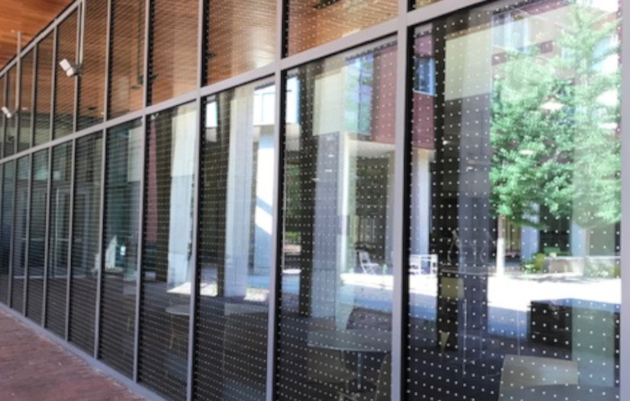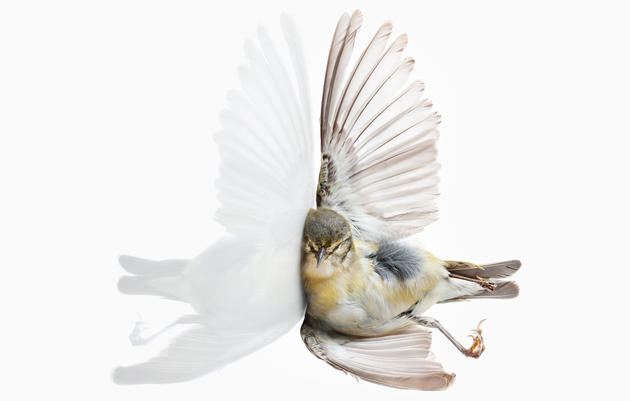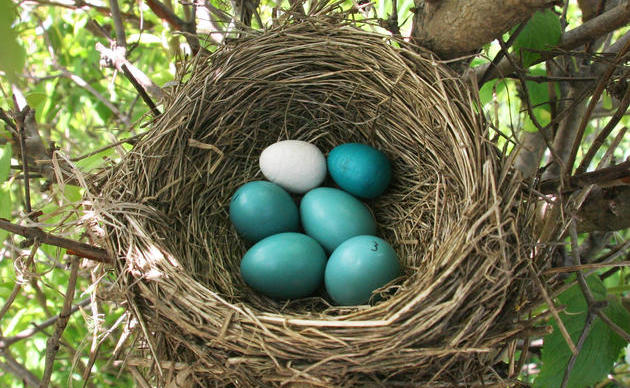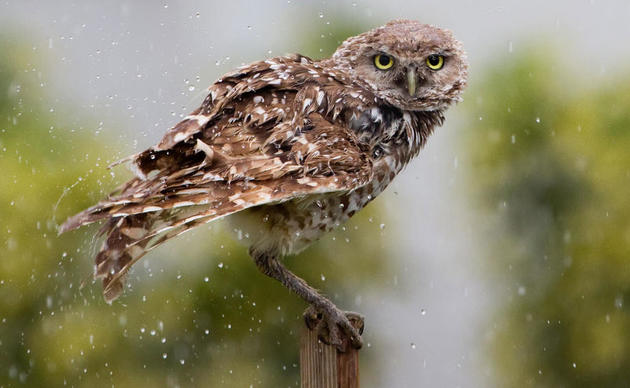Bird-Friendly Buildings (BFB) is a key part of the Bird-Friendly Communities strategy and reducing bird-window collisions is a central goal of the BFB program. Launched in 2016, the Bird-Window Collision Working Group (BCWG) is a chapter-led, collaborative effort to reduce bird mortality caused by collisions with glass. Inspired by a meeting of the Southeastern Pennsylvania Chapter Network including the Bucks, Lehigh Valley, Wyncote, and Valley Forge chapters, the work is led by Leigh Altadonna, Wyncote Audubon Society and Peter Saenger, Lehigh Valley Audubon Society, with additional support from Keith Russell, Audubon Pennsylvania and the Acopian Center of Ornithology at Muhlenberg College.
With critical advice, input, and support from Dr. Daniel Klem, Professor at Muhlenberg College - a preeminent leader in research on the issue of bird collision with glass - the BCWG focuses their work on low-rise buildings including homes, schools, apartments, and business parks, which is where the vast majority of bird-window collisions occur. Initial efforts were buoyed by an Audubon in Action grant which supported the creation of an informational toolkit that included an educational presentation and Audubon-branded color handout about the bird-window collision problem. Additionally, the grant funded the training of the first cohort of a dozen volunteers in August 2018 to disseminate the program. The program has since been presented at the 2019 Audubon National Convention, to educators with the Pennsylvania Department of Conservation and Natural Resources, and to numerous Audubon chapter networks from the Mid-Atlantic to the Mississippi, as well as schools, civic groups, garden clubs, watershed associations, and nature centers. Leigh and Peter have also shared the program on two National Audubon Society webinars. The webinar and toolkit are both available on Audubon Works.
The project is intended as a “turn-key” program for chapters, and other conservation partners, to recruit volunteers to deliver the program in the communities they serve. The goals of this project are straightforward: to encourage chapters to use the program to broaden awareness of the problem and encourage individuals to take effective measures to mitigate bird mortality from collisions with glass on their own homes and properties.
For more information, contact Leigh Altadonna or Peter Saenger. You can also visit their Bird Safe Homes Facebook Page where they welcome individuals to post photos and comments of buildings and windows that incorporate bird safe features.







